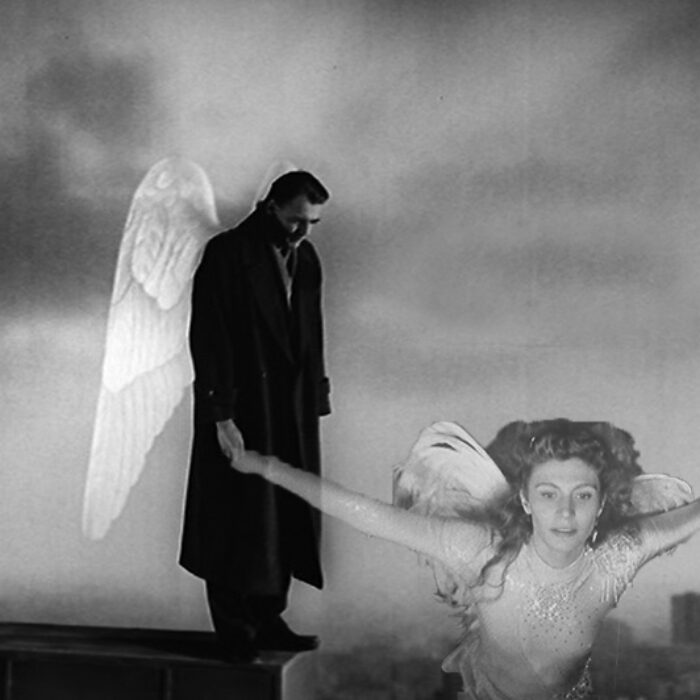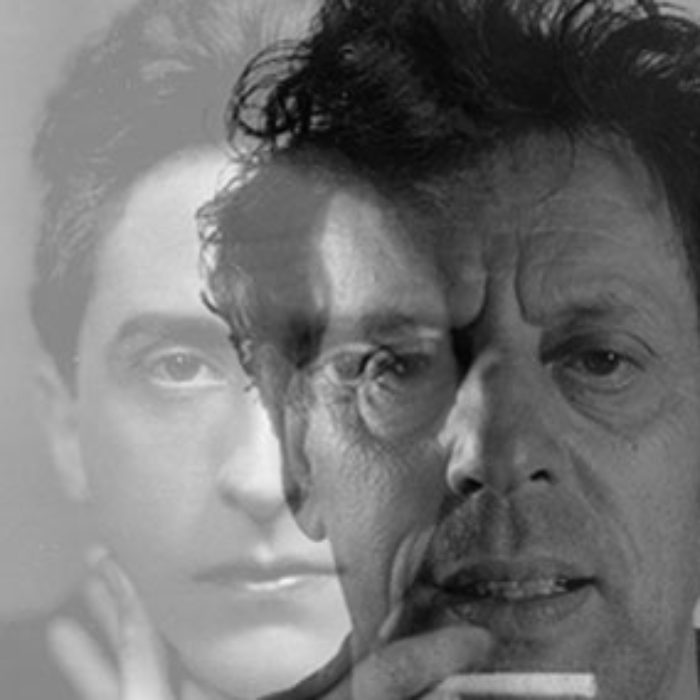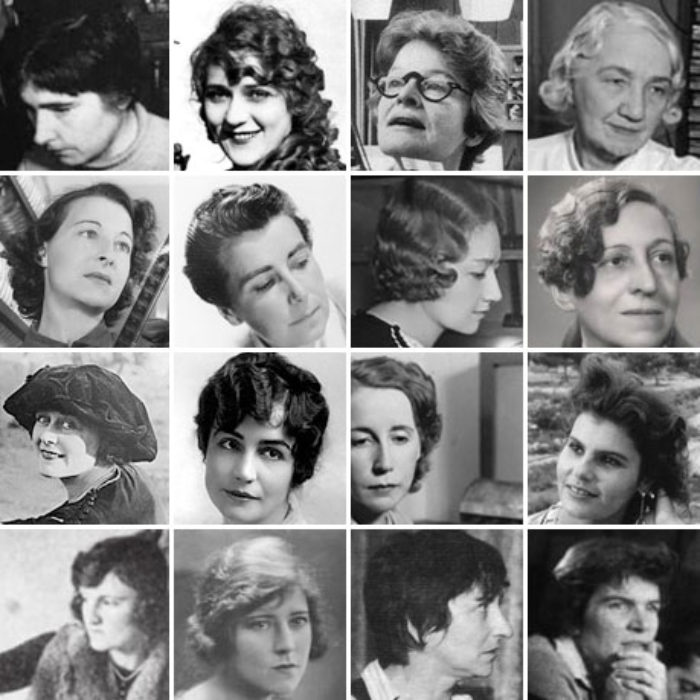MENU
posts with tag cinema | back to all

La representación del límite en El cielo sobre Berlín de Wim Wenders

Diccionario analógico. Cine y arquitectura.

Magritte. Words, images, cinema and architecture

Absolutely on Music. Conversations.

Georges de La Tour in Tous les matins du monde

The false return: archeographies of Elevator to the Gallows.

Philip Glass y Jean Cocteau. Opera and cinema

Godard in the Villa Malaparte

Ozu’s House


